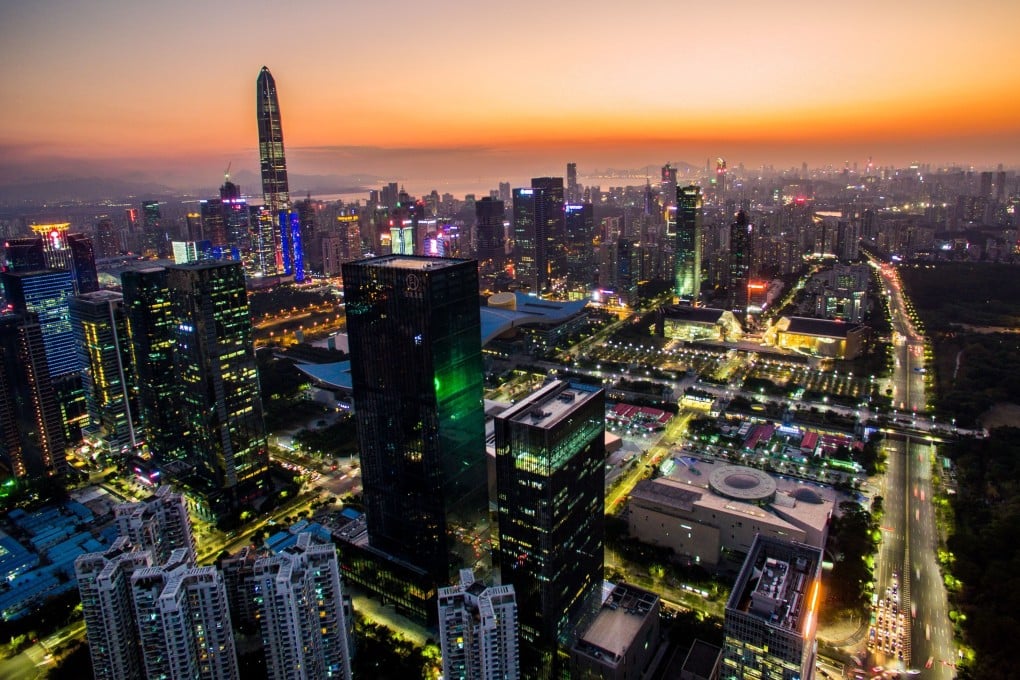Shenzhen luxury home price growth beats Hong Kong, London, New York and Paris as China’s post Covid-19 economic surge continues
- Traditional luxury property markets such as Hong Kong, London, Dubai, Paris and New York languished near the bottom of the rankings in first quarter
- Shenzhen’s soaring luxury prices have started to limit the options for affluent Chinese looking to upgrade their living space

Mainland China’s tech hub of Shenzhen recorded the fastest growth in luxury home prices in the world in the first quarter, up by 18.9 per cent over the same period a year ago and beating traditional prime property markets such as Hong Kong, London, New York and Paris, according to property consultancy Knight Frank.
Traditional luxury property markets such as Hong Kong, London, Dubai, Paris and New York languished near the bottom of the rankings, placing 42nd to 46th, respectively, with falls of between 3.1 per cent and 5.8 per cent in prime prices over the period. Prime prices are defined as the top 5 per cent of the housing market in value terms.
“China was first to recover from Covid-19 with property prices rebounding in the second quarter of 2020,” said Martin Wong, director and head of research and consultancy, Greater China, Knight Frank. “All first-tier cities were expected to lead home price growth following the Covid-19 pandemic with Shenzhen, Shanghai and Guangzhou having relatively less stringent policy restrictions than Beijing.”
China’s tough anti-pandemic measures – such as sealing off Wuhan where Covid-19 infections were first detected and lockdowns across the entire Hubei province with its 60 million residents – helped to contain the pandemic and enabled the economy to grow by 2.3 per cent in 2020, compared with a contraction in global output of about 3.3 per cent.